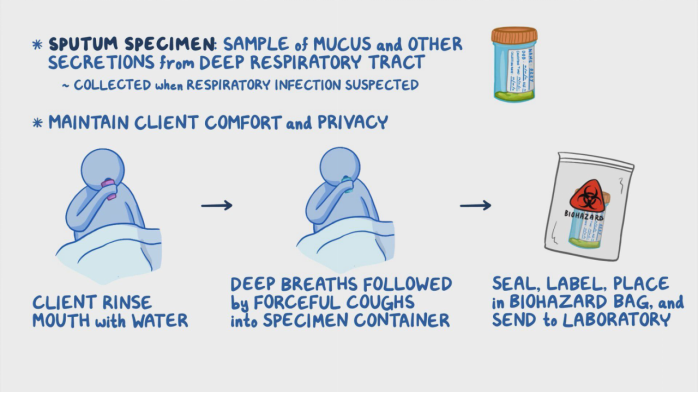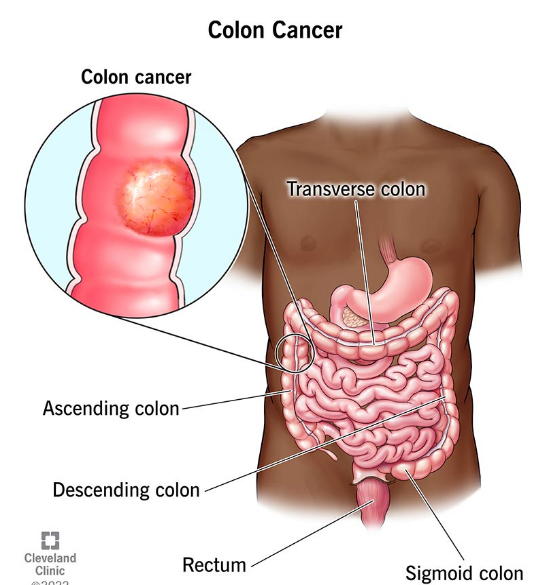A nurse is caring for a client who has an extracellular fluid volume deficit. Which of the following findings should the nurse expect?
Dependent edema
Distended neck veins
Postural hypotension
Bradycardia
The Correct Answer is C
Choice A reason:
Dependent edema is not typically associated with extracellular fluid volume deficit. Edema usually occurs due to fluid overload or conditions that cause fluid retention, such as heart failure or kidney disease. In the case of extracellular fluid volume deficit, the body is losing more fluid than it is taking in, which would not result in edema. Instead, symptoms like dry skin, dry mucous membranes, and decreased skin turgor are more common.
Choice B reason:
Distended neck veins are also not a common finding in extracellular fluid volume deficit. Distended neck veins are usually seen in conditions where there is fluid overload or increased pressure in the venous system, such as heart failure or superior vena cava syndrome. In extracellular fluid volume deficit, the body is experiencing a reduction in fluid volume, which would not cause distended neck veins.
Choice C reason:
Postural hypotension, also known as orthostatic hypotension, is a common finding in extracellular fluid volume deficit. This condition occurs when there is a significant drop in blood pressure upon standing, leading to dizziness or lightheadedness. It is caused by the reduced blood volume, which decreases the amount of blood returning to the heart and subsequently lowers blood pressure.
Choice D reason:
Bradycardia, or a slow heart rate, is not typically associated with extracellular fluid volume deficit. In fact, the opposite is more likely to occur. Tachycardia, or a fast heart rate, is a common compensatory mechanism in response to fluid volume deficit as the body attempts to maintain adequate blood flow and pressure. Therefore, bradycardia would not be an expected finding in this scenario.
Free Nursing Test Bank
- Free Pharmacology Quiz 1
- Free Medical-Surgical Quiz 2
- Free Fundamentals Quiz 3
- Free Maternal-Newborn Quiz 4
- Free Anatomy and Physiology Quiz 5
- Free Obstetrics and Pediatrics Quiz 6
- Free Fluid and Electrolytes Quiz 7
- Free Community Health Quiz 8
- Free Promoting Health across the Lifespan Quiz 9
- Free Multidimensional Care Quiz 10
View Related questions
Correct Answer is C
Explanation
Choice A Reason
Using sterile gloves to obtain the sputum specimen is important for maintaining sterility and preventing contamination. However, it is not the first priority action. The timing of the collection is more critical to ensure the accuracy and quality of the specimen.
Choice B Reason
Obtaining the sputum specimen after the client uses mouthwash is incorrect. Mouthwash can kill or alter the microorganisms present in the sputum, leading to inaccurate test results. The client should rinse their mouth with water instead to reduce contamination from oral secretions.
Choice C Reason
Collecting the sputum specimen in the morning is the most appropriate action. Sputum accumulates overnight, making it easier to collect a sufficient sample in the morning. This timing also ensures that the specimen is more concentrated and representative of the lower respiratory tract.
Choice D Reason
Placing the sputum specimen in a clean container is necessary, but it is not the first action to take. The container should be sterile to prevent contamination and ensure the accuracy of the test results. However, the timing of the collection is more critical to obtaining a quality specimen.

Correct Answer is C
Explanation
Choice A: Have a fecal occult blood test every 2 years.
The recommendation for fecal occult blood tests (FOBT) is typically to have them annually, not every 2 years. Regular screening is crucial for early detection of colorectal cancer. The American Cancer Society suggests that people aged 45 and older should have an FOBT every year. This test helps detect hidden blood in the stool, which can be an early sign of cancer.
Choice B: Limit intake of dietary fiber.
Dietary fiber is actually beneficial in reducing the risk of colorectal cancer. High-fiber diets, rich in fruits, vegetables, and whole grains, are associated with a lower risk of developing colorectal cancer. Fiber helps in maintaining a healthy digestive system and can aid in the prevention of cancer by promoting regular bowel movements and reducing the time that potential carcinogens stay in the colon.
Choice C: Reduce intake of red meats.
Reducing the intake of red meats is a well-supported recommendation for lowering the risk of colorectal cancer. Studies have shown that high consumption of red and processed meats is linked to an increased risk of colorectal cancer. Reducing the intake of these meats and opting for healthier protein sources like fish, poultry, and plant-based proteins can help lower this risk.
Choice D: Have a colonoscopy every 3 years.
The standard recommendation for colonoscopy screening is every 10 years for individuals at average risk, starting at age 45. More frequent colonoscopies, such as every 3 years, are generally reserved for those with higher risk factors, such as a family history of colorectal cancer or the presence of polyps. Regular colonoscopy screenings are vital for detecting and removing polyps before they can develop into cancer.

